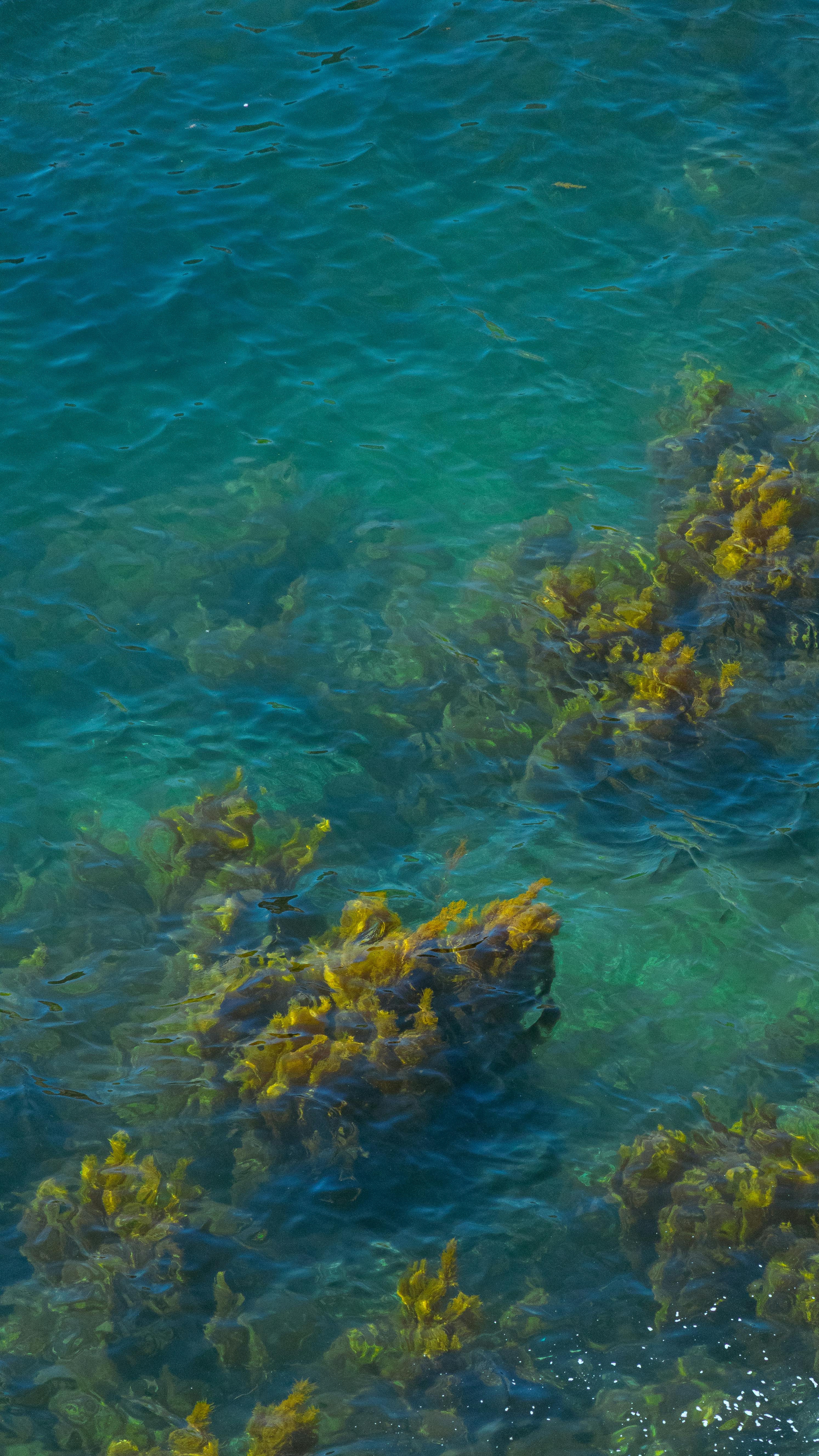A Composition For Use in an Aquatic Environment

Seaside development and large-scale land reclamation activities for construction are causing significant damage to natural shorelines, which were once vital habitats for native marine life. This disruption leads to the loss of biodiversity and ecological imbalance in coastal ecosystems, posing long-term environmental consequences.
The proposed solution addresses the loss of native marine life due to land reclamation by introducing a durable and innovative artificial habitat designed specifically for shoreline rehabilitation. This solution involves the development of an Artificial Habitat Enhancing Unit (AHEV) that can be installed in the intertidal zone of marine structures to support the recovery of native marine species. The AHEV features a unique geometric design that encourages the growth and settlement of marine organisms in areas affected by construction. It is constructed using a durable material with autogenous crack recovery capabilities, ensuring long-term performance in aggressive marine environments. Additionally, the unit includes a practical structural anchoring system made with aluminium trusses, allowing for quick installation and providing excellent structural stability under various environmental and mechanical stresses.
The project introduces a new type of artificial marine habitat with several unique features designed to support marine life in areas affected by coastal development. Its hexagonal shape, which has not been used in previous designs, allows for maximum space for marine organisms to grow while still being easy to install on marine walls in the intertidal zone. The habitat is made from a special material containing high-calcium wood ash, which can heal its own cracks and is highly resistant to damage from seawater, including dry-wet cycles, sulphate, and chloride attack. It is non-corrosive, ensuring long-term durability in harsh marine environments. The unit can carry up to 200 kg and includes a strong aluminium anchoring system that allows for quick and stable installation, even during changing tides. These combined features make it a practical, durable, and effective innovation for restoring marine habitats along reclaimed shorelines.


